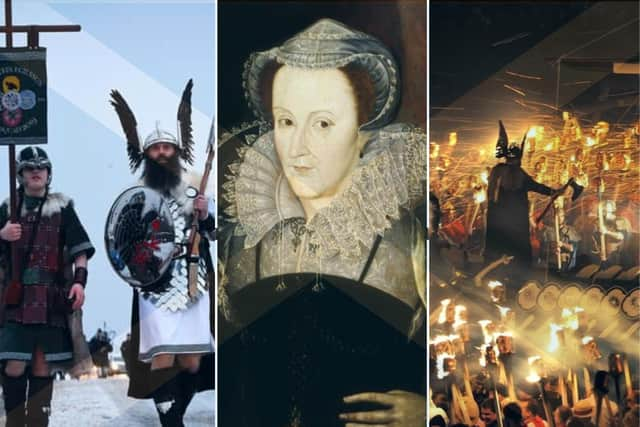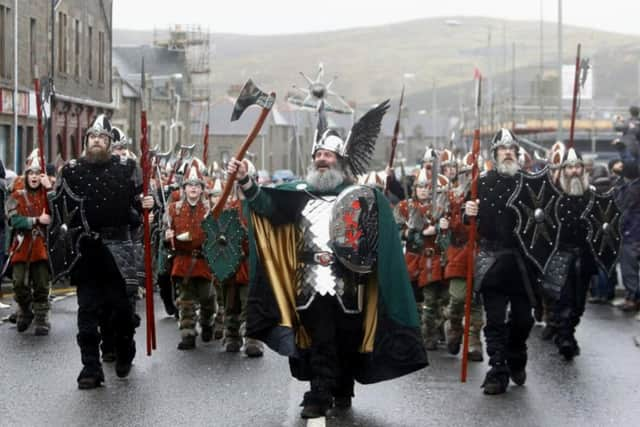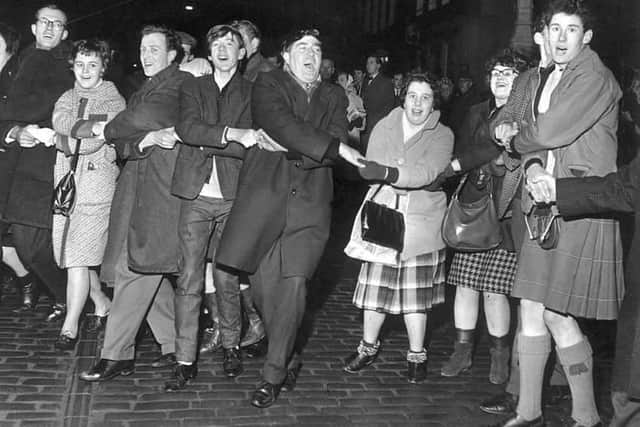Hogmanay 2023 explained: What is Hogmanay? What does the word Hogmanay mean? Scottish New Year’s explained
Hogmanay is just around the corner following a glorious Christmas in Scotland this year.
With ceilidh bands, an abundance of whisky and tens of thousands of revellers taking to the streets of Edinburgh as they link arms singing Auld Lang Syne (one of many famous Scottish songs), it’s sure to be a memorable Hogmanay as we enter 2024.
Advertisement
Hide AdAdvertisement
Hide AdBut what is Hogmanay, where did it come from and how is it traditionally celebrated? Here’s everything you need to know about the Scottish New Year’s celebration known as Hogmanay.
What is Hogmanay?


Hogmanay is a Scots term used to refer to New Year’s Eve i.e., the final day of the year. Scotland holds a world-famous reputation for its Hogmanay celebrations as the bonnie country hosts some of the grandest events you can attend like the Edinburgh street party which alone brings in tens of thousands of revellers annually.
Known as the ‘Home of Hogmanay’, in Edinburgh you can also discover a wealth of fascinating customs like the torch light procession to fireworks, ceilidhs and an exquisite selection of live bands.
What does Hogmanay mean?
Within the borders of Scotland the word ‘Hogmanay’ will immediately be understood by anyone, but for others it may create some confusion. Curiously, there is no definitive answer as to the etymological origin of the word but it is thought that it could be of Norman French descent, a language that historically accounts for many differences we see between English and the Scots language.


‘Hogmanay’ is similar to the French phrases ‘Homme est né’ which translates to “Man is born”, ‘Au gui mener’ which means “lead to mistletoe” and ‘à gueux mener’ for “bring to the beggars”. It’s also similar to the French word ‘hoginane’ which refers to a “gala day”.
Others believe that Hogmanay celebrations were introduced to Scotland by way of the Vikings who were invading in the 8th and 9th centuries. They connect the word to ‘Hoggo-nott’ which is an Old Norse word for ‘Yuletide’ - an archaic word for the Christmas season.
When did Scotland first celebrate Hogmanay?
The BBC suggested that the term ‘Hogmanay’ first proliferated in Scotland following Mary Queen of Scots’ return to Scotland from France in 1561. Other researchers, however, suggest that the celebration likely predated this as it was brought in by invading Vikings to Scotland towards the end of the 8th century.


The wild celebrations of the Scots’ New Year are often compared to the similarly tempered blow-outs of the Vikings’ Winter Solstice. In fact, Scottish events like Stonehaven’s fireball ceremony and torchlight parades in Edinburgh highlight the country’s Nordic heritage as our ancestors used fire at this time to symbolise the sun and its rejuvenation as the lighter season crept back in.
Advertisement
Hide AdAdvertisement
Hide AdWhy do we sing Auld Lang Syne on Hogmanay?
Commemorating the newborn year by singing the bonnie Scottish song ‘Auld Lang Syne’ is a New Year’s tradition which has evolved into a global phenomenon. The song itself dates back hundreds of years and is connected to the world-famous Scottish poet Robert Burns who is credited as its author despite us not knowing who created the tune to his lyrics.
The sentiment behind the song calls for family and friends to appreciate one another and affirm togetherness within their community as they link arms while singing and dancing together.
Comments
Want to join the conversation? Please or to comment on this article.